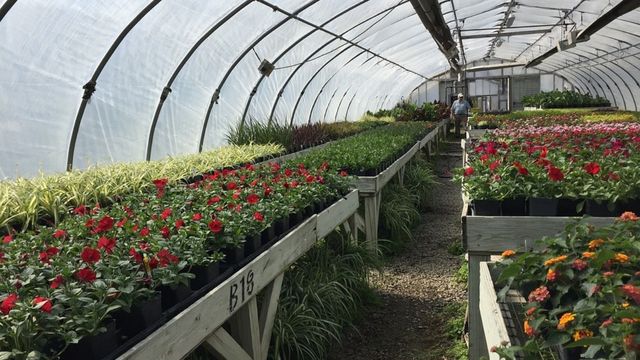Plastic used in Greenhouses
The types of plastic used in greenhouses differ from the types of ordinary plastic.
It was designed to withstand harsh weather conditions, as well as resistance to rupture, cracking and damage, other than considering its size or shape.
There are four basic types, which are used in the manufacture of greenhouses, as follows:
Types of plastic used in Greenhouses
First: polyethylene
This type is available in two grades:
Class I: It is commercial for major industrial applications.
As for the second degree: it is for relatively small home applications.
The validity of this type in greenhouses is for a year or two before it begins to break or crack.
Second: Polymers:
This type contains features that work to resist various environmental factors, and its shelf life is longer than polyethylene.
As it lasts for more than 3 years before starting to deteriorate.
Third: Polyvinyl:
This type is considered to be more expensive than the two previously mentioned types, but it is the most durable, as it maintains its integrity for a period of more than five years.
Fourth: polycarbonate:
It is the best in terms of the types used in the manufacture of plastic houses, as a result of it being a good insulator of heat and moisture,
This type can withstand various factors for more than 10 years, without the need to change or replace it.
Guidelines related to the greenhouse industry
Plants must be arranged inside the plastic house, in addition to leaving enough space between the plants.
You have to maintain an ideal temperature for plant growth, by measuring the temperature inside and outside the house, and then comparing them.
Plants grown in homes that need water are watered all the time and continuously, as a result of the fact that they do not benefit from the rainfall.
It is necessary to pay attention to the health of cultivated plants, especially fungal diseases, as well as the use of pesticides, fungal cleaners, and fertilizers that are used when fungi spread.
Plants that can be grown in greenhouses
Vegetables: for example: lettuce, broccoli, peas, carrots, cucumbers, tomatoes and peppers.
Tropical plants: such as: orchids, flytrap and other carnivorous plants.
Ornamental plants: such as: balsam, sagebrush, fern, Christmas star, or pansies.

